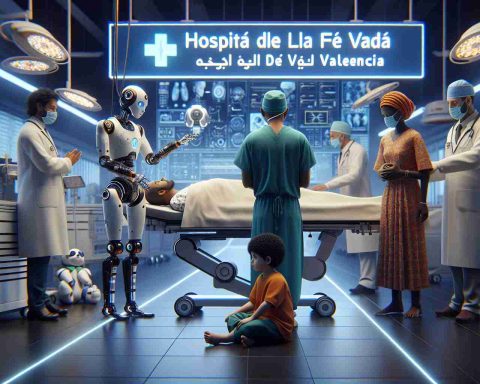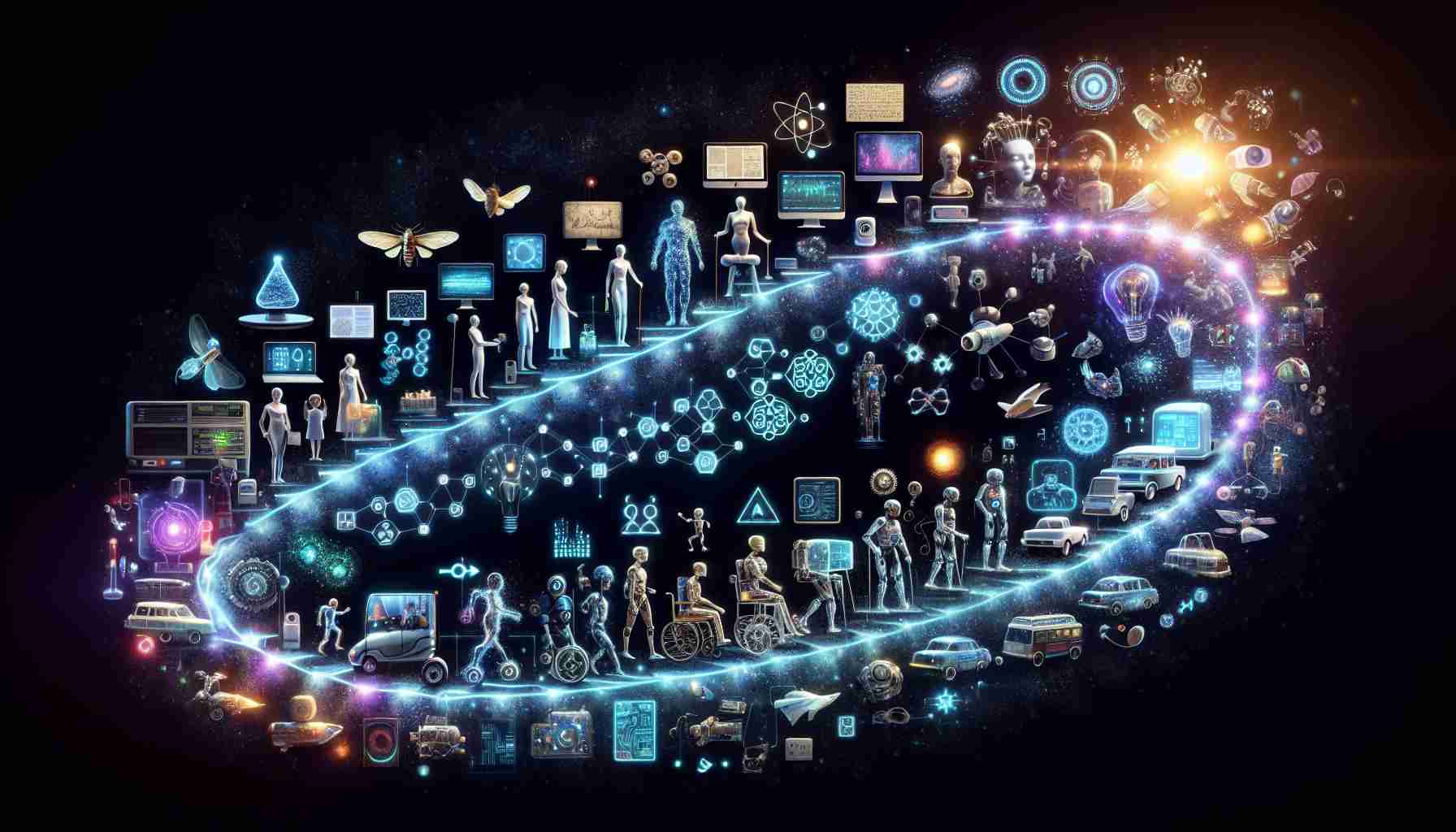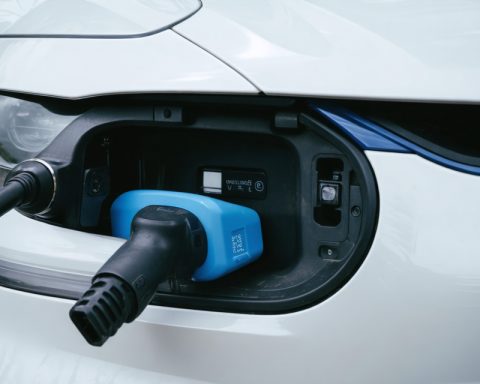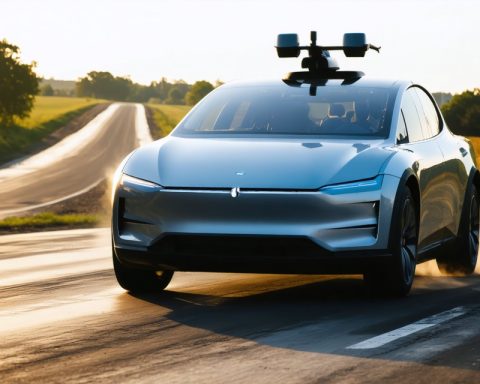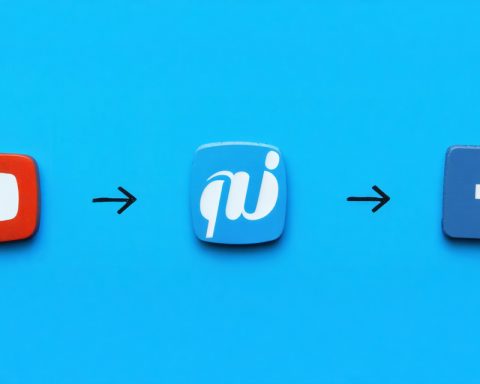Patient Monitoring - Page 2
Patient monitoring refers to the continuous or periodic assessment of a patient's health status through the observation and measurement of vital signs, physiological parameters, and other health indicators. This process typically involves the use of various medical equipment and technology to track changes in a patient’s condition, such as heart rate, respiratory rate, blood pressure, and oxygen saturation levels. Patient monitoring is commonly employed in hospital settings, especially in intensive care units, but can also extend to outpatient care and home health environments. The primary goal of patient monitoring is to detect any abnormalities or changes in a patient's health in real time, enabling timely interventions and improving patient outcomes. It plays a crucial role in managing chronic conditions, guiding treatment decisions, and ensuring patient safety during recovery or under critical care.


